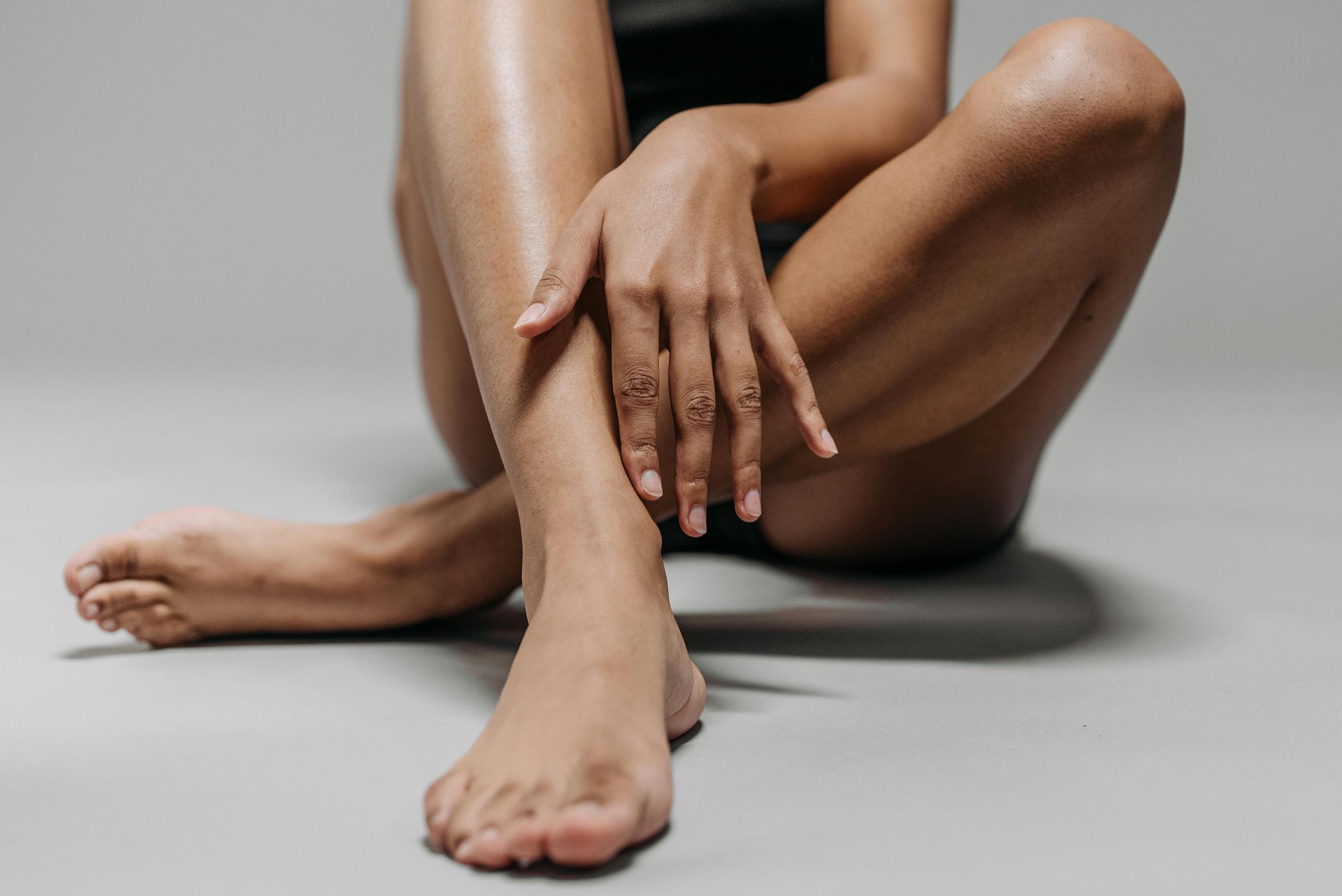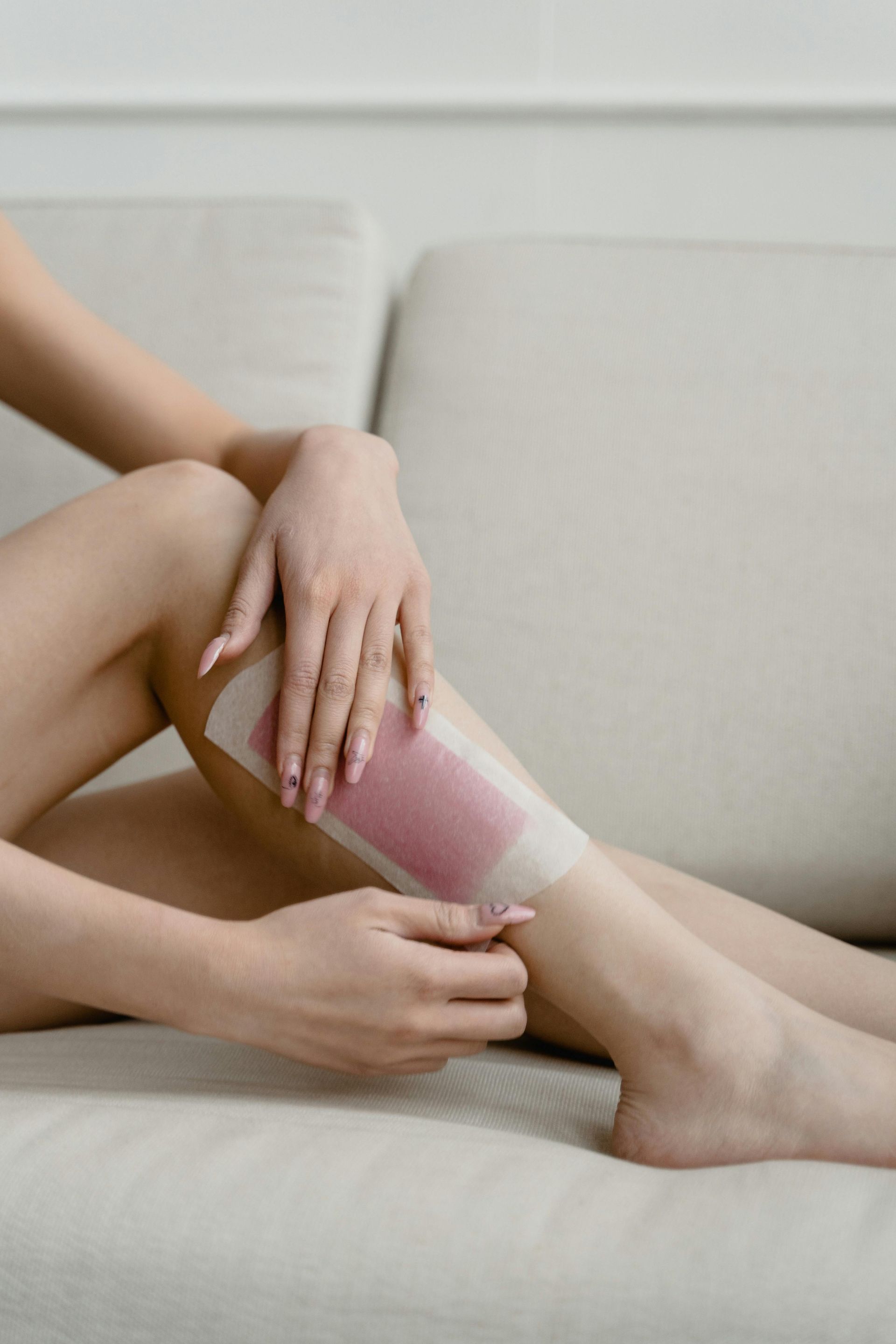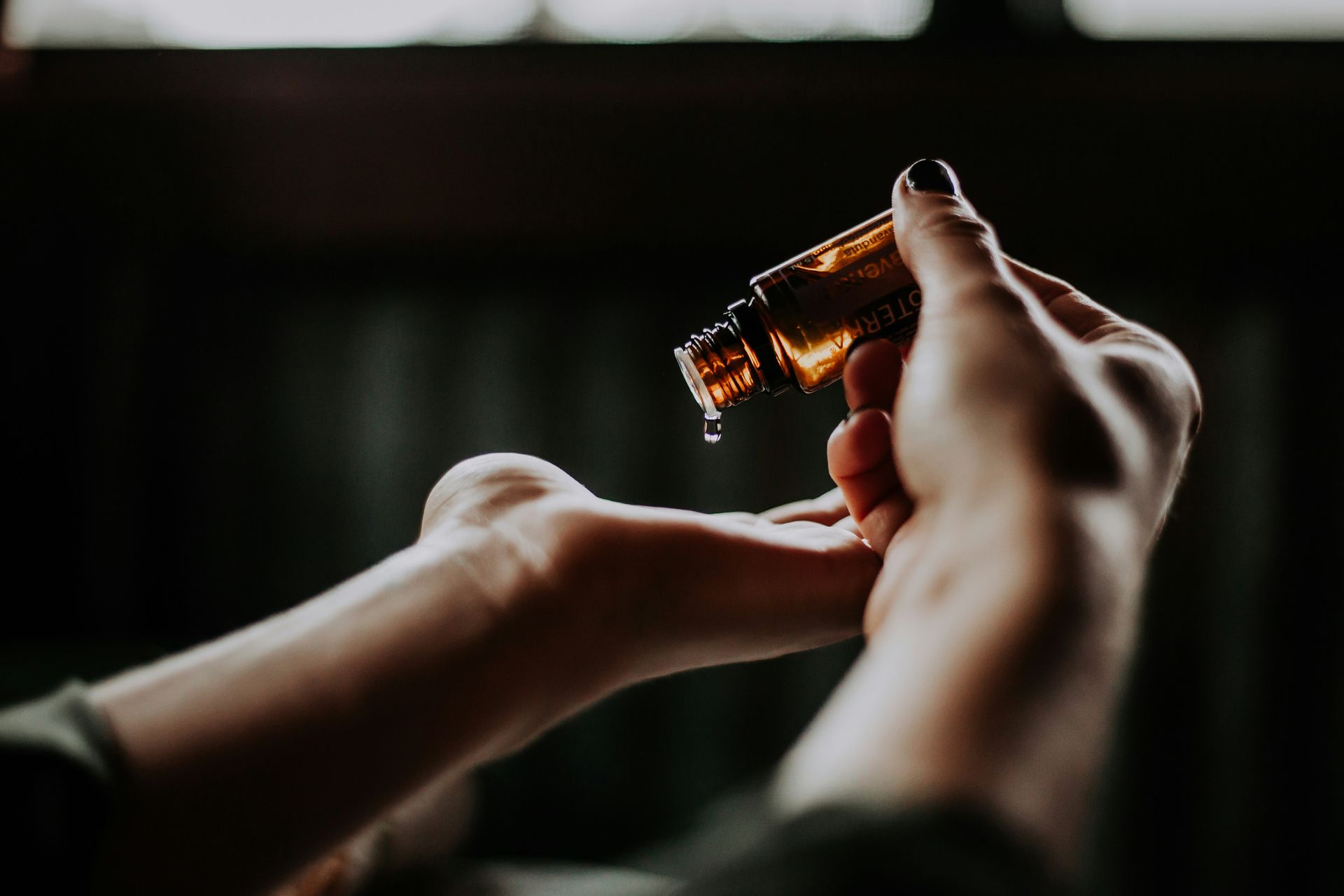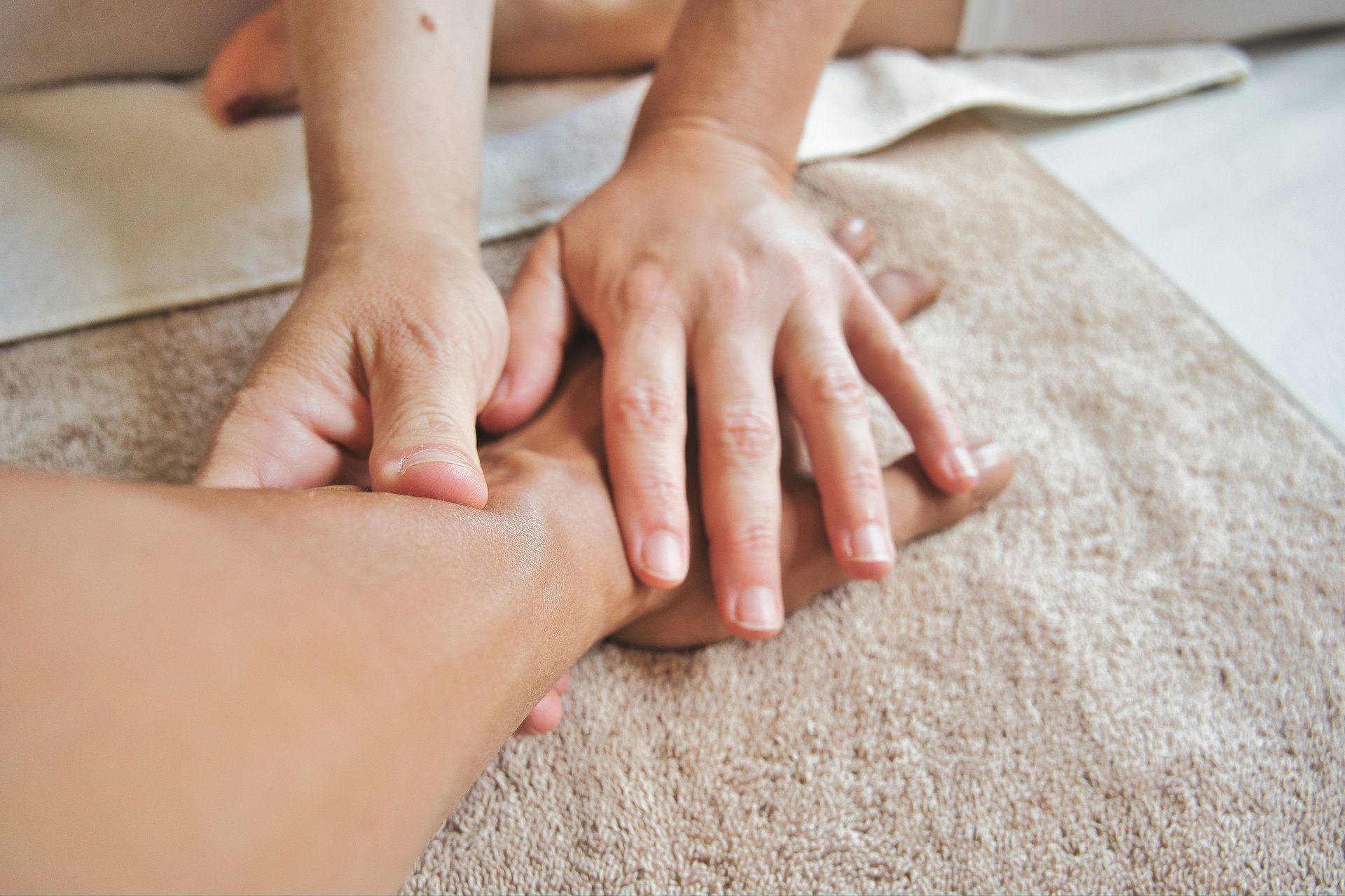How Often Should You Schedule Waxing for Smooth, Soft Skin?
Waxing is a popular method for long-lasting hair removal, leaving skin feeling soft and smooth. Whether you're new to body waxing or already schedule appointments regularly, knowing the right frequency can make a big difference. Timing your sessions properly helps maintain consistent results, supports healthier regrowth, and can make each session more comfortable. This guide covers how often to schedule waxing services for different areas of the body, along with factors that influence the ideal timing for you.
Key Takeaways
- Most people benefit from waxing every 3 to 6 weeks.
- Hair type, growth cycle, and personal preferences influence timing.
- Different body areas may need different waxing schedules.
- Consistent waxing may lead to finer and more manageable regrowth.
- Avoid shaving between waxing sessions to maintain best results.
- Always consult a professional for personalized recommendations.
Understanding the Hair Growth Cycle
To understand how often to wax, it's helpful to know how hair grows. Hair grows in three stages: anagen (growth), catagen (transition), and telogen (rest). Waxing is most effective during the anagen phase, when the hair is actively growing. Because hair follicles grow at different rates, waxing every few weeks helps capture hairs at the optimal point in their cycle, leading to smoother results over time.
Recommended Waxing Frequency by Body Area
Here is a general guide for how often different areas are typically waxed:
| Body Area | Typical Frequency | Notes |
|---|---|---|
| Eyebrows | 2 to 4 weeks | Maintains shape and definition. |
| Upper Lip | 3 to 4 weeks | Regrowth is usually fine and quick. |
| Underarms | 2 to 4 weeks | Hair tends to grow faster here. |
| Arms & Legs | 4 to 6 weeks | Larger areas need longer regrowth. |
| Bikini/Brazilian | 3 to 5 weeks | Depends on personal comfort and regrowth. |
| Back/Chest | 4 to 6 weeks | Timing may vary with thickness and density. |
Factors That Affect Your Waxing Schedule
Not everyone will follow the same waxing timeline. Several personal factors influence how often you may need to book an appointment:
- Hair type: Coarse or fast-growing hair may need more frequent waxing.
- Skin sensitivity: Sensitive skin may need more time to recover between sessions.
- Previous hair removal: Shaving between waxing appointments can disrupt growth cycles.
- Seasonal changes: Hair may grow faster in warmer months.
- Hormonal changes: Pregnancy, puberty, or other hormonal shifts can affect hair growth.
Signs It's Time to Wax Again
Wondering if it’s time to schedule another appointment? These signs can help you decide:
- Hair is at least 1/4 inch long (about the size of a grain of rice).
- Regrowth feels more visible or coarse.
- Your skin feels less smooth than usual.
- You want to prepare for a special event or trip.
- Your last waxing appointment was 3 to 6 weeks ago.
Pre- and Post-Waxing Care Tips
Following good care practices can improve the waxing experience and results:
Before your session
- Exfoliate gently 24 hours prior to prevent ingrown hairs.
- Avoid sun exposure and heavy lotions on the day of your appointment.
- Make sure hair is at least 1/4 inch long.
After your session
- Avoid hot showers, saunas, or heavy workouts for 24 hours.
- Use soothing products like aloe or fragrance-free lotion.
- Exfoliate gently a few days after to prevent ingrown hairs.
Frequently Asked Questions
Can I wax if my hair is too short?
Hair should be at least 1/4 inch long for effective waxing. Shorter hair may not grip well to the wax.
What happens if I shave between waxing sessions?
Shaving can disrupt the growth cycle, making future waxing less effective or more uncomfortable.
Will waxing make my hair grow back thinner?
Over time, regular waxing may lead to finer regrowth, though results vary for each person.
Can I wax while pregnant?
Many people continue waxing during pregnancy, but it’s best to check with your healthcare provider first.
How do I reduce pain during waxing?
Choose a skilled professional, avoid caffeine before your session, and consider mild pain relief if needed.
Final Thoughts
Waxing remains a preferred method for long-lasting hair removal for many people. Knowing how often to schedule waxing helps maintain smooth, soft skin and reduces the likelihood of discomfort or uneven results. While a general rule is every 3 to 6 weeks, your perfect schedule will depend on hair growth, skin sensitivity, and
pricing options. By following a consistent routine and
contacting a trusted professional, you can enjoy better outcomes and smoother skin between sessions.











